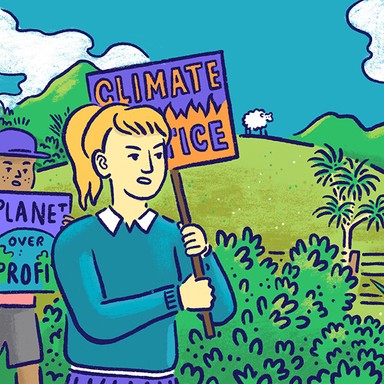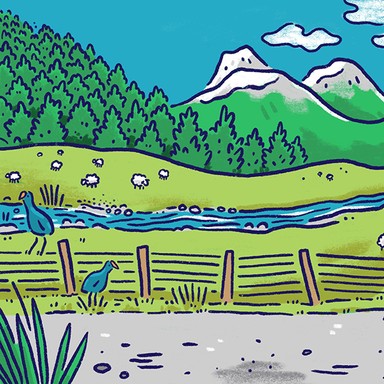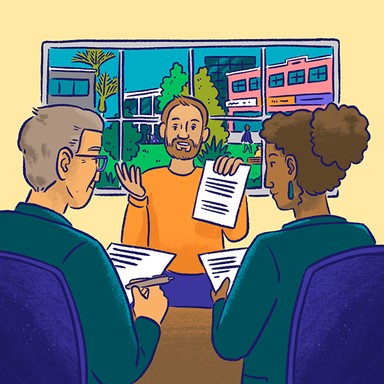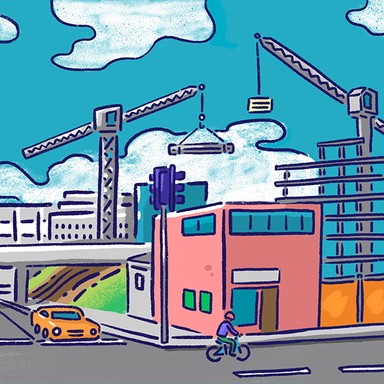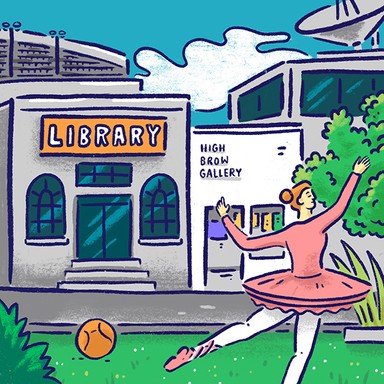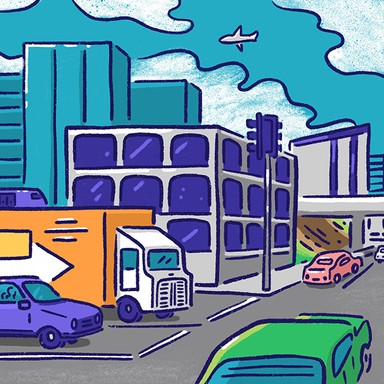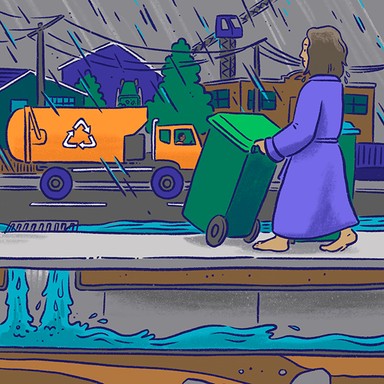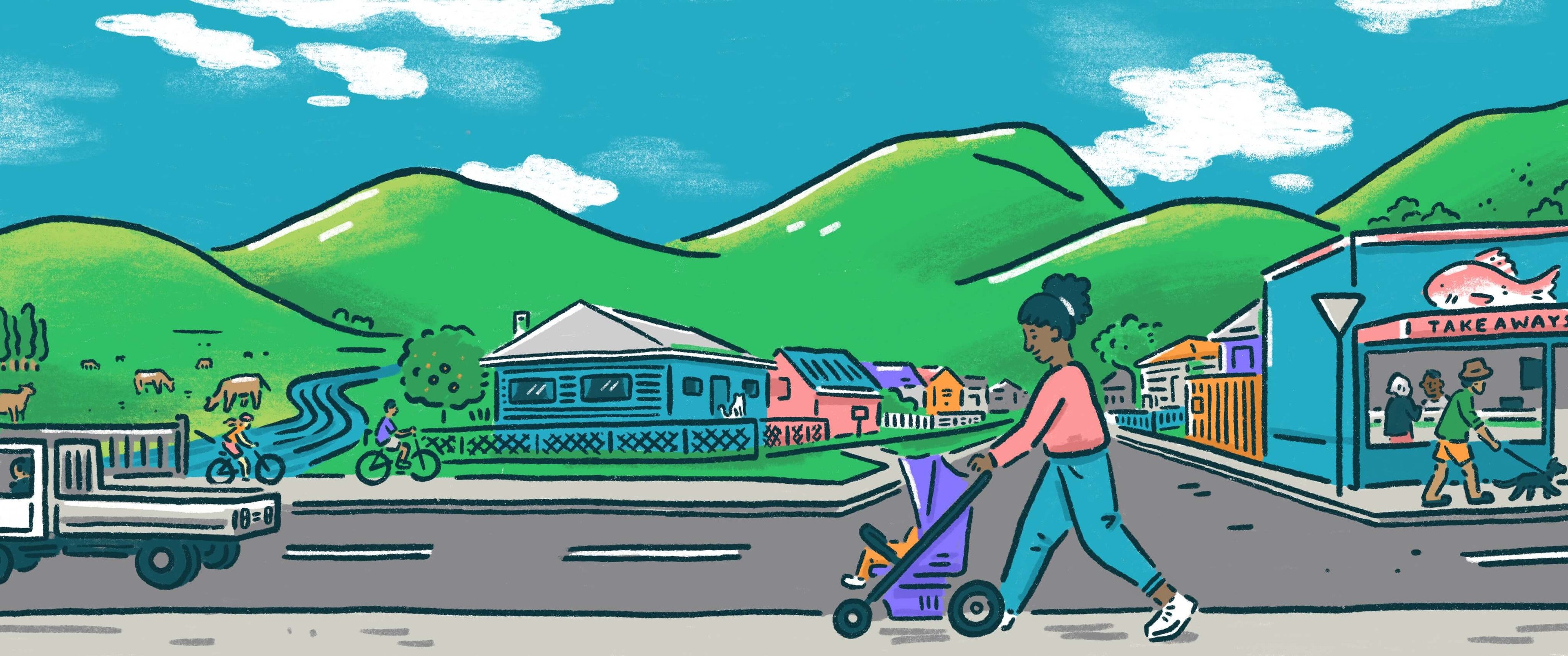
Ruapehu District Council
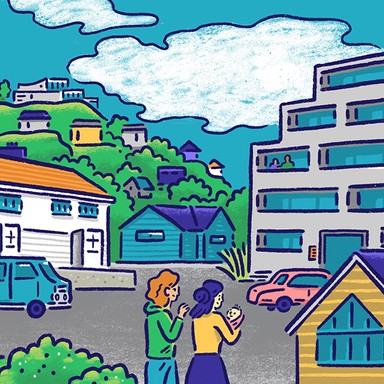
Housing and planning
Local councils are responsible for land use planning under the Resource Management Act, which affects where and how new houses are constructed, as well as the design of cities and towns. In some areas, councils also provide housing to those who need it most.

Housing and planning
Local councils are responsible for land use planning under the Resource Management Act, which affects where and how new houses are constructed, as well as the design of cities and towns. In some areas, councils also provide housing to those who need it most.
Move the spatial plan forward with iwi, hapū and council working together.
Get housing development started.
Ensure we have health homes for our whānau.
A community-based housing project that is active and integral to the overall long-term care system for the elderly and disadvantaged.
Connect people to public spaces/buildings so they are user friendly for the community and suit differing environmental conditions.
Replace or upgrade old council housing and flats and increase council housing numbers by 20 units by 2035.
Rezone some of the lower density housing development areas which could allow locals to be able to afford property and housing.
Liaise with government agencies that have experience with housing quality and implement their solutions locally.
Review the Five Year Housing Plan that is currently in action and identify the areas that need to be rectified.
Encourage local Māori artists to actively promote local myths and legends through their artistry.
Move the spatial plan forward with iwi, hapū and council working together.
Get housing development started.
Ensure we have health homes for our whānau.
A community-based housing project that is active and integral to the overall long-term care system for the elderly and disadvantaged.
Connect people to public spaces/buildings so they are user friendly for the community and suit differing environmental conditions.
Replace or upgrade old council housing and flats and increase council housing numbers by 20 units by 2035.
Rezone some of the lower density housing development areas which could allow locals to be able to afford property and housing.
Liaise with government agencies that have experience with housing quality and implement their solutions locally.
Review the Five Year Housing Plan that is currently in action and identify the areas that need to be rectified.
Encourage local Māori artists to actively promote local myths and legends through their artistry.
Mayor
Compare the mayoral candidates in your area
Local council
Compare the candidates for your city or district council
Regional council
Compare the candidates for your regional council
Local board
Compare the candidates for your local or community board
